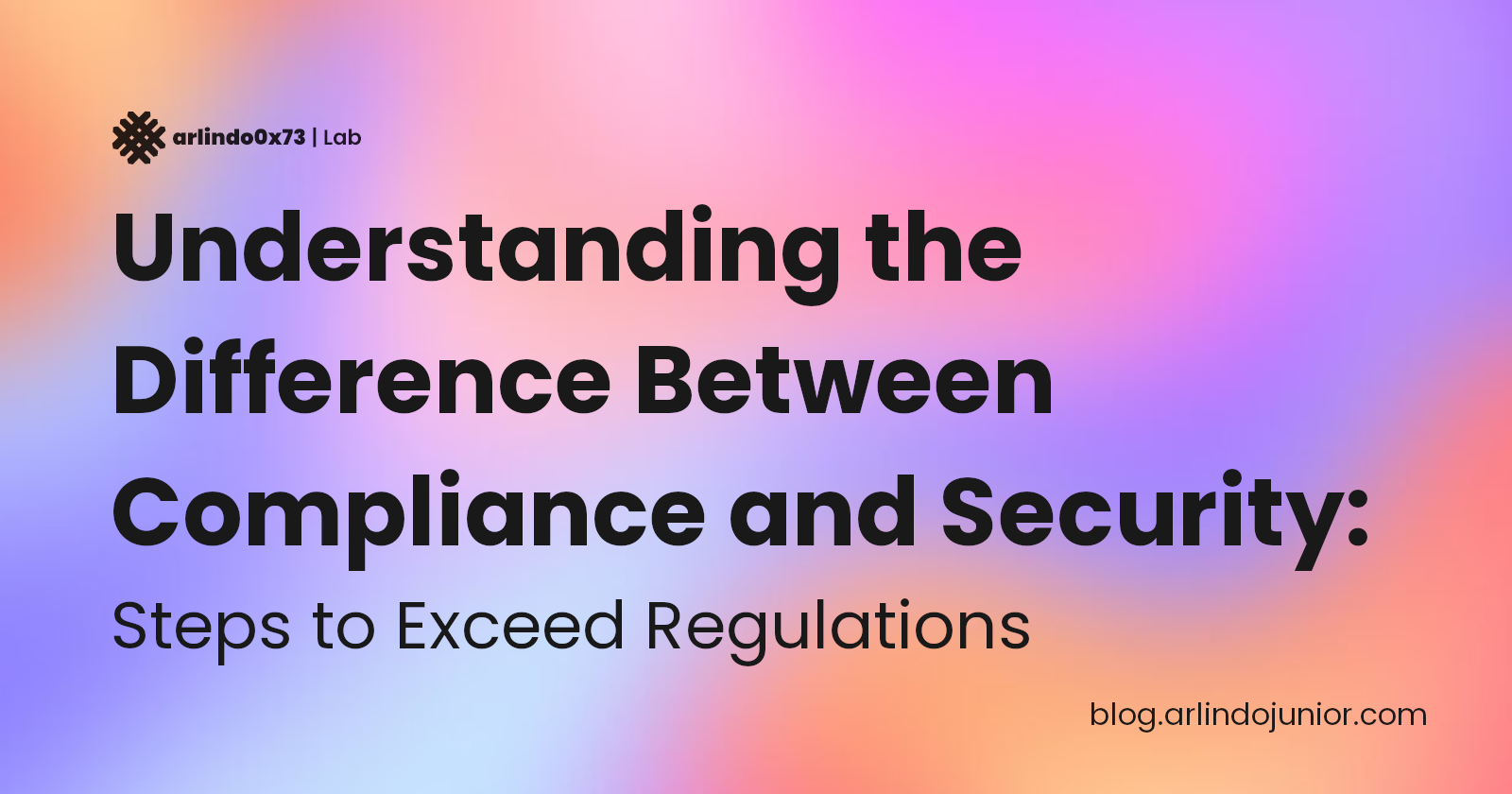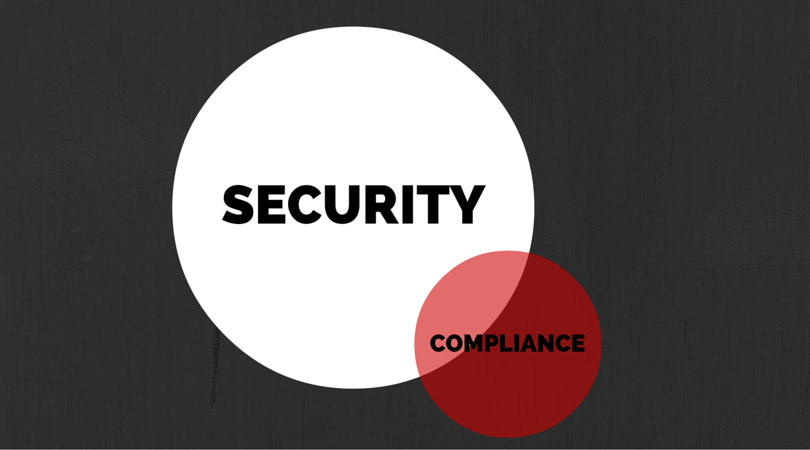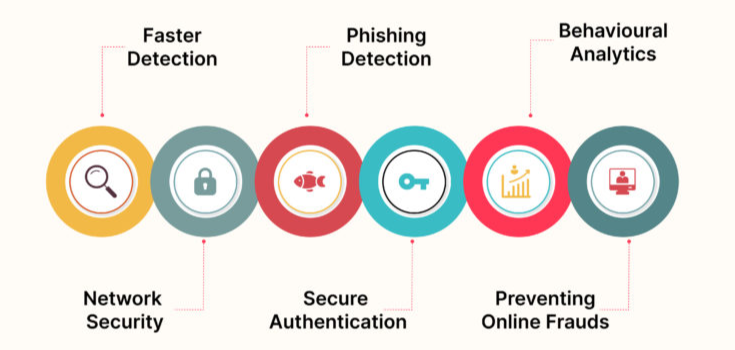Understanding the Difference Between Compliance and Security: Steps to Exceed Regulations
 Arlindo Cossa Junior
Arlindo Cossa JuniorTable of contents

Throughout my career in Cybersecurity, I have consistently observed challenges in aligning compliance and security within the companies I have worked with. It is essential to understand that compliance does not guarantee security, just as security does not guarantee compliance.
This distinction is crucial for both the corporate and governmental sectors. For a company to be considered secure in the context of Information or Cybersecurity, it is not enough to assess the number of compliance or security controls implemented. What truly matters is how well these controls align with the business, considering its objectives, industry, and operational model. After all, security is not just about technology—it also involves people and the data processed by them and by machines.
Within the scope of compliance, I have closely observed companies that treat it merely as a checklist. As a result, we see a growing number of organizations meeting the key regulatory requirements of their sector. However, paradoxically, many of these companies remain highly vulnerable to real threats.
1. What Is Compliance vs. Security?

Security
When we talk about security, especially in the context of Cybersecurity, we are referring to the implementation of controls, barriers, and protection mechanisms for our business. In practical terms, this means defining how we control the flow of data transmission processed by machines and people within our organization.
Compliance
When we talk about compliance, we refer to the need to meet specific requirements, especially to enable processes and ensure industry-accepted standards. In the business context, security compliance serves as a standardization mechanism, aiming to make transactions between companies more secure and reliable for both parties, thereby reducing risks and negative consequences.
Currently, there are numerous regulations and standards that establish security guidelines for government, industrial, financial sectors, and even customer interactions. Many of these regulations are directly related to how organizations collect, store, process, and protect data, ensuring a minimum level of security and privacy.
2. Risks and Vulnerabilities
Gaps between compliance and real security
Excessive focus on checklists instead of effective protection
False sense of security when meeting only minimum requirements
Vulnerabilities that persist even with certifications
Practical examples
Companies with ISO 27001 experiencing data breaches
PCI-DSS compliant organizations facing fraud
Successful attacks on certified environments
3. Practical Solutions: Immediate Actions to Implement

Strategies beyond compliance
As we already know that meeting minimum requirements doesn't give us the security we so desperately need, it's time to rethink how we validate our strategies beyond compliance. To do this, we need to implement our strategies centered on 3 points:
Continuous security assessments
The world tends to be chaotic, and we never know when a threat will arrive. We must always stay alert to zero-day threats, which we cannot control and can do little more than apply simple patch packages. We must go further, creating mitigation and compensation measures at all levels, applying robust security strategies. For this to be possible, it is essential to have deep knowledge about our environment. Therefore, we should always seek to continuously evaluate our security to anticipate possible threats and attacks, as well as identify the weakest points. This way, we can adjust the security controls of that specific technology, the governance process as a whole, or even completely rethink our approach to ensure better risk and security management.
Proactive threat monitoring
Threats can be vast: control violations, new malware, new IOAs (Indicators of Attack), etc. The question is: can you have predictive analysis with the data you have now? Knowing that our end users and executive members are the biggest targets, can you have visibility into abnormal behaviours within your organization targeting this group? It's time to seriously invest in security and solve current problems, using technologies and governance, risk and compliance processes to answer the questions you have now regarding security and monitoring. Investing in proactive monitoring beyond compliance can bring significant results.
Regular penetration testing
It's difficult to handle everything alone, and external help is indispensable when it comes to assessing security maturity within our business in terms of technical and management controls that are more user-centered. So, regularly invest in penetration testing so you can have complete risk visibility over your environment!
Thank you for your first contact with me, see you soon. And now:
It's time to transform your Security. Go beyond the simple checklists that you think you need to fulfill within your organization. Keep in mind that security goes far beyond this and involves contextual actions that can vary according to size, segment, and technologies used. So, try to align all of this with your Security projections focusing on Business Resilience and Continuity Strategies - you need to ensure that, even in crisis, your business keeps running.
Subscribe to my newsletter
Read articles from Arlindo Cossa Junior directly inside your inbox. Subscribe to the newsletter, and don't miss out.
Written by
